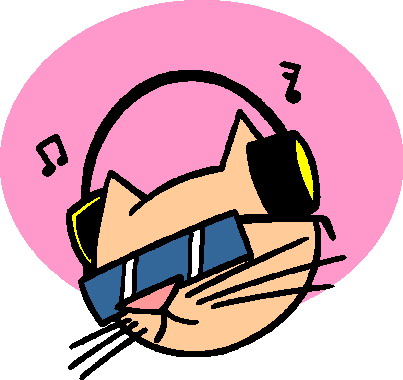 From the image you see above, I’m positive you may see what I’m speaking about. My point being that music immediately has changed for the worst.
From the image you see above, I’m positive you may see what I’m speaking about. My point being that music immediately has changed for the worst.
Indian classical music is one of the oldest musical traditions in the world. 38 The Indus Valley civilization has sculptures that present dance 39 and outdated musical instruments, just like the seven holed flute. Various types of stringed devices and drums have been recovered from Harappa and Mohenjo Daro by excavations carried out by Sir Mortimer Wheeler forty The Rigveda has components of current Indian music, with a musical notation to denote the metre and the mode of chanting. 41 Indian classical music (marga) is monophonic, and based mostly on a single melody line or raga rhythmically organized by means of talas Silappadhikaram by Ilango Adigal gives details about how new scales can be shaped by modal shifting of the tonic from an present scale. forty two Hindustani music was influenced by the Persian efficiency practices of the Afghan Mughals. Carnatic music, standard within the southern states, is basically devotional; nearly all of the songs are addressed to the Hindu deities. There are also many songs emphasising love and other social issues.
Not only does music affect the way we learn, it has healing effects, as well. Certain forms of music can produce calming results that reduce nervousness, since calming music results in a decrease in physiological responses. With the lower in physiological responses, comes a lower in tension and nervousness. By decreasing rigidity and anxiety, the calming results can alter an individual’s temper to change into optimistic or scale back ache, in some cases. Research in Germany shows that over 20 years and ninety,000 sufferers, the ones who had soothing music enjoying within the background throughout their procedures reduced the amount of remedy taken for pain by 50{60f38816e3d604af96bc100616061b2a396245f4bbff94932aaccd46f1d42b56}, in comparison to those who had no music performed at all. Their recovery time also was reduced.
Cognitive neuroscience of music is the scientific examine of mind-based mostly mechanisms concerned within the cognitive processes underlying music. These behaviours embrace music listening, performing, composing, reading, writing, and ancillary activities. It also is more and more concerned with the mind basis for musical aesthetics and musical emotion. The subject is distinguished by its reliance on direct observations of the mind, utilizing such methods as practical magnetic resonance imaging (fMRI), transcranial magnetic stimulation (TMS), magnetoencephalography (MEG), electroencephalography (EEG), and positron emission tomography (PET).
Balance, the chinese yin and yang, sub-atomic quantum physics proton and electron, the Buddhist zen, Issac Newton’s regulation of motion: each action can have an reverse and equal response! However we all need to term or clarify it, selection and steadiness is a strategy of studying and gaining knowledge! I personally am an aspiring musician, guitarist, and vocalist! I actually have been doing so all through all of my careers over the last 22 years or so! When you write that music has therapeutic effects, well at least relating to the mind, it’s certainly a improbable medicine! When something goes mistaken in my life, I flip the CD reader on and hearken to good previous blues and every little thing turns fantastic. I like that you’ve talked about varied ways in which music impacts us. I think about it mostly for rest, but you’re right – everything in life is affected by music.